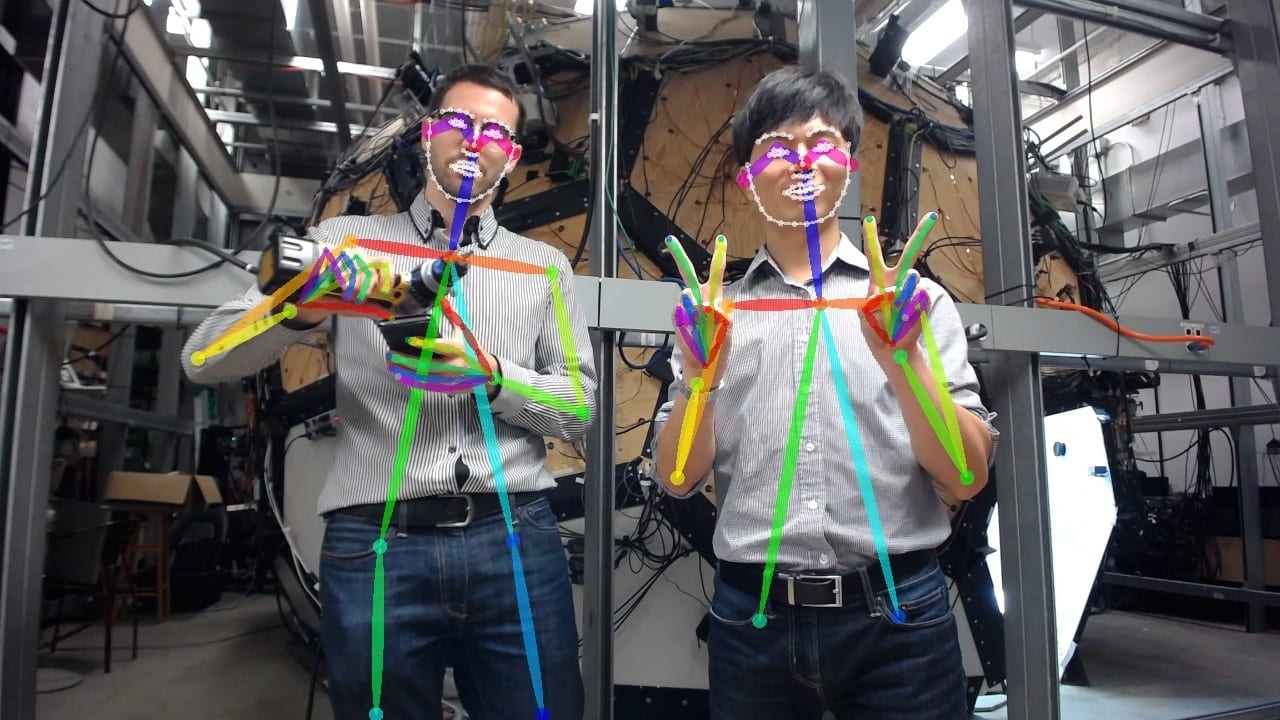Especially useful for crawling within crevices
While you might think its lack of limbs might limit how it gets around, snakes have actually developed several different forms of locomotion. One of these is “rectilinear locomotion,” and while most snakes are capable of it, it is most commonly associated with large pythons and boas. Although it is the slowest form of snake locomotion, it is also very efficient and allows the snakes to crawl into tight spaces. It is these latter two qualities that appealed to Georgia Tech researchers when developing a new all-terrain robot called Scalybot 2.
While most modes of snake locomotion involve the snake bending its body laterally, rectilinear locomotion is the only one in which the snake doesn’t have to bend its body at all – except when turning. The snake lifts the scales on its belly and is pulled forward by a muscular wave that travels from the head to the tail. The snakes are also able to alter the angle of their scales to reduce or increase the amount of friction depending on the slope and terrain over which they are moving.
While at first glance two-link Scalybot 2 doesn’t bear much of a resemblance to a snake, it replicates their rectilinear locomotion and can automatically change the angle of its “scales” depending on the surface terrain or slope. Hamid Marvi, a Mechanical Engineering Ph.D. candidate at Georgia Tech, studied and videotaped the movements of 20 different species of snake when developing Scalybot 2. Marvi’s robot is controlled by a remote-controlled joystick and can move forward and backwards using four motors.
“By using their scales to control frictional properties, snakes are able to move large distances while exerting very little energy,” says Marvi, who unveiled the robot earlier this month at the Society for Integrative & Comparative Biology (SICB) annual meeting in Charleston, South Carolina. “Rectilinear locomotion is very efficient and is especially useful for crawling within crevices, an invaluable benefit for search-and-rescue robots.”
Bookmark this page for “search and rescue robot” and check back regularly as these articles update on a frequent basis. The view is set to “news”. Try clicking on “video” and “2” for more articles.









